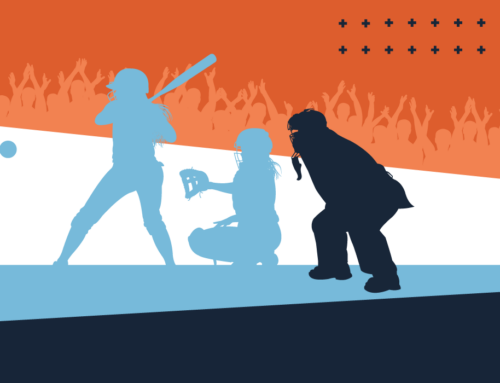Basketball defense is a skill that is critical to the success of a team. It’s also generally undervalued, especially among younger athletes. This article should help you with your defense in two easy-to-master situations—guarding the ball and guarding the pass.
Guarding the Ball
When you guard a player with the ball, you have several goals:
- Prevent easy movement down the court with the ball
- Move the player toward the sideline or a corner to force him/her out of bounds.
- Make the player uncomfortable enough to turn the ball over.
- Prevent easy points and passes.
Several things are important for on-the-ball defense:
- Stay positioned between the ball and the basket at all times—never give the offensive player an open look at the basket.
- Shuffle as the offensive player moves right or left, continuing to stay in front of him/her.
- Assume a solid defensive stance (see below for more on this).
- Move your hands appropriately.
When guarding a player with the ball, position your feet between hip-width and shoulder-width apart, and keep your weight on the balls of your feet. Push your hips back and squat until your eyes are level with the offensive player’s chest. Keep one hand up in the air—to obstruct your opponent’s vision and prevent easy passes and shots. Hold your other hand down so that it follows the basketball as your opponent dribbles.
While the offensive player dribbles the basketball, stay an arm’s length away from him/her. This prevents accidental contact which could result in a foul being called against you. But once the offensive player picks up the dribble, take a big step forward to get into his/her personal space. Now you can aggressively prevent the shot or the pass.
Guarding the Pass
When guarding against the pass, your goal is not to steal the ball–it’s to make sure the player you’re guarding doesn’t get the ball. When guarding a player who does not have the ball, the answer to one important question will determine what you do next: Is your opponent one pass away from the ball?
If the answer is yes, first you want to be in a solid defensive stance. Second, position yourself between your opponent and the ball at all times, whether your opponent is stationary or moving. Third, keep your hands moving.
When you’re defending someone who is one pass away from the ball, keep your feet between hip-width and shoulder-width apart and your weight on the balls of your feet. Push your hips back so that your eyes are level with your opponent’s chest. Turn yourself sideways so that one shoulder points to your opponent and the other points toward the ball. Finally, keep both hands up. One hand can be used to deflect the ball if it is passed to your opponent, and the other can disrupt his/her vision. Remain an arm’s length away from the offensive player at all times.
If the answer is no and your opponent is more than one pass away from the ball, you still want to position yourself between him/her and the ball. Move with your opponent and know where he/she is at all times. If the ball moves closer to him/her, be ready to assume your solid on-the-ball defense.
The kind of defense described above needs to be practiced daily—and at any time when offensive skills are being practiced. For example, if your team is running a ball control drill, half the players should be practicing on-the-ball defense. Any time your team is practicing passing, half the players should be practicing pass defense.
Article originally posted on stack.com
RELATED:



